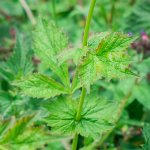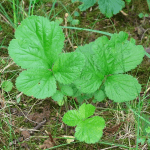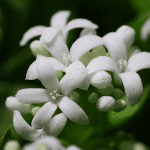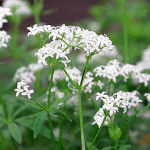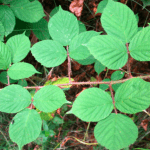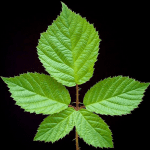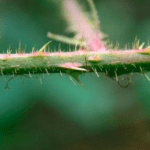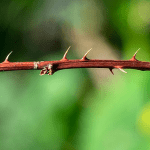Through this piece we’re going to take a look at, what I think, is the top 6 things to Forage in the Woods.
If you’re someone who loves spending time in nature and discovering new things, then this post is for you. Foraging in the woods is an exciting and rewarding activity that involves searching for and gathering wild, edible plants, berries, and mushrooms from the forest floor.
Foraging in the woods can be a great way to get in touch with nature and learn more about the natural world around us. It’s also a fun and adventurous way to find fresh and delicious ingredients for cooking and eating. Whether you’re a seasoned forager or a beginner, there’s always something new to discover in the woods.
The forest is home to a wide variety of edible plants and mushrooms, such as wild garlic, blackberries, chanterelles, and more. Foraging in the woods can be a great way to connect with your environment, learn about the ecosystem, and develop a deeper appreciation for the natural world. And of course, there’s no denying the thrill of the hunt when you come across a patch of delicious mushrooms or a berry bush that’s just waiting to be picked.
So, if you’re ready to explore the woods and discover the bounty that nature has to offer, let’s grab our baskets and head out on a foraging adventure!
So let’s take a look at our 6 things to Forage in the Woods
Wood Avens/Edible/Spring/Summer/Autumn/Winter
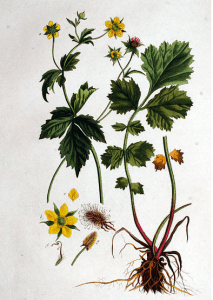
Wood Avens really are the gift that keeps on giving. They are available all year round with mineral rich leaves and tasty roots.
They’re classed as one of our wild spices, with the roots tasting and smelling like a slightly sweeter version of Cloves. In fact they’re also known as Clove Root in some parts of the country as well as Herb Bennet.
They are very common in shady spots under the trees and also can be found in shady spots in gardens too.
Their botanical name is Geum urbanum, with geum coming from the Greek language and meaning tasty in reference to the roots. Urbanum means ‘of towns’ and refers to the abundance of this plant in any shady area, whether it’s a rural or urban setting.
Wood Avens are downy perennial plants with a short thick rhizome and thin wiry stems.
The leaves, which can vary considerably depending upon where they are growing, are pinnate, with 2 to 3 pairs of unequal lateral leaflets, measuring 5-10mm long, with one large terminal 3 lobed leaflet that can be either wedge or heart shaped at the base. The upper leaves on the stem are trifoliate, consisting of three long narrow leaflets, that may or may not be undivided.
The flowers are 1-2 cm in diameter, with 5 bright yellow petals which are clearly separate from each other with the calyx dividing them, with 5 large and 5 small segments. The flowers are hermaphrodite and are pollinated by bees, emitting a subtle scent. If you look at them closely, they resemble yellow versions of a wild strawberry flower.
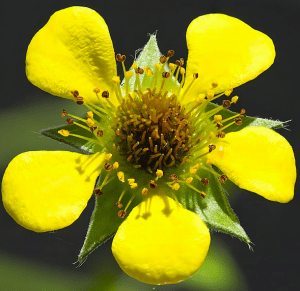
The seed heads are like very small versions of a Burdock with tiny hooked seeds that attach themselves to the fur of any passing animals, enabling them to disperse over relatively long distances for the size of plant.
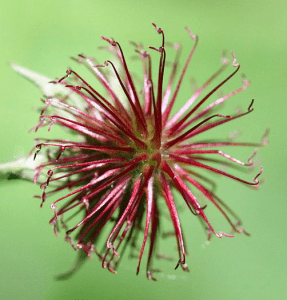
The rhizome, interestingly, is purple in cross section.
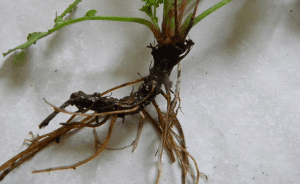
The roots and rhizomes of Wood Avens are aromatic with the spicy scent of Cloves. Use to flavour soups, broths, stews, sauces, fruit pies and stewed fruit. Combine the root with orange peel and add to wine or other mulled drinks, gin and beer. A lovely syrup can be made using the roots and rhizomes, that can be used for drizzling over desserts, porridge, ice cream or sloshing in to cocktails. They can also be boiled in milk to make an Indian style Chai tea.
The leaves can also be infused to make a hot, mildly spiced cordial. The young leaves are useful added to salads and contain small air pockets so if you drop them in to hot oil, they puff up, a bit like a prawn cracker.
The dried plant, so leaves and roots/rhizomes can be used as a seasoning.
The roots and rhizomes have been used in traditional herbal medicine for treating gastrointestinal disorders, such as diarrhoea, dyspepsia, constipation, indigestion, stomach upsets and loss of appetite. Also oral problems like throat and mouth infections.
Wood Avens has also been used, in the past, as a flea repellent in wardrobes and drawers.
Caution
Because of it’s high tannin content, Wood Avens should not be consumed in large quantities or whilst pregnant or breastfeeding.
Sweet Woodruff/Edible/Spring/Summer/Autumn
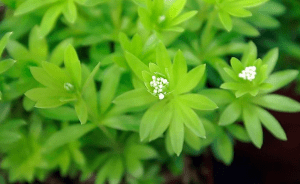
Another of our wild spices, Sweet Woodruff is a close relation of Sticky Willy and is an excellent vanilla substitute. It’s also known as Sweet-scented Bedstraw, Wild Baby’s Breath, Woodruff and Master of the Woods, depending upon where you hail from.
The botanical name, Galium odoratum, is derived from the Greek word ‘Gal’ meaning milk and refers to use of Bedstraws for curdling milk to make cheese. Odoratum is from the Latin word ‘odoratus’ and means sweet smelling.
You’ll find Sweet Woodruff hanging out in well established woodland, and it is a species indicator of ancient woodland. It’s a low growing perennial with glossy looking leaves and smells delicious if accidentally trodden on!
The small simple hairless leaves grow in ‘whorls’ of 6-9 around and along the stem, 2.5 to 4 cm long, dark green, glossy and shaped like thin ovals.
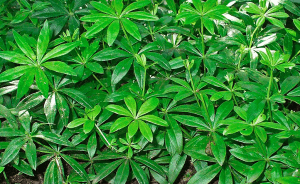
The flowers, which appear in early summer are small white tubes with four petal like lobes, 4-7 mm, in umbel like clusters.
The fruits are tiny balls covered in hooks that are caught on animals fur as they brush pass, dispersing the seeds far and wide.
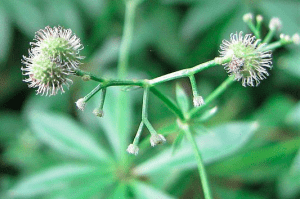
Sweet Woodruff should be dried quickly for no more than a couple of days to intensify flavour. It is important that this is done in a warm dry environment as the relatively benign coumarin can be converted to the much more toxic dicoumarol in the presence of some airborne moulds.
The leaves and stems and can be used to make syrups, jellies, alcohols, infuse vinegars and cream.
Be aware that if infusing into milk or cream, it will cause it to curdle after a short while as it was traditionally used in cheese making.
A tea can be made from the leaves and the flowers taste sweet and are nice as a garnish.
Sweet Woodruff has an anti-spasmodic action and has been used to treat period pain and any tummy upset where there is cramping. It is also diuretic and mildly sedative.
It contains coumarin and this is used commercially in anticoagulants.
Sweet Woodruff has a long use as a strewing herb, when it was ‘strewn’ across the floor to mask unpleasant odours.
Cautions
Do not take Sweet Woodruff whilst pregnant or breastfeeding and avoid if using anticoagulant medication.
Blackberries /Edible/Spring/Summer/Autumn/Winter
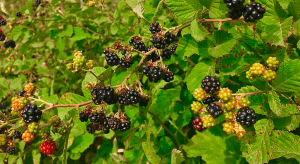
Easily recognizable, this plant is often the first introduction to foraging for many people. With it’s jaggy sprawling stems, crawling up, over and under other plants in it’s determination to assert a presence, Brambles are certainly another wonderful gift from Mother Nature, providing important ground cover and protection for young saplings as woodlands try to establish.
Known as Brambles in Scotland, the botanical name of blackberries is Rubus fruticosus, translating as red from the Latin ‘rubra’ and bush from the Latin ‘fruiticis’ meaning shrubby.
There are two types of leaves present, trifoliate leaves comprising 3 leaflets and palmately compound leaves, where 5 leaflets radiate outwards from a central point, like the palm of a hand.
The stems are green when young becoming redder with age. They are covered in thorns of varying thickness and contain a pithy core. The stems are five sided and when cut into cross sections, form a pentagram shape.
The flowers are white to pale pink and appear from late spring, through summer and sometimes autumn. They have 5 petals with the reproductive parts of the flower visible.
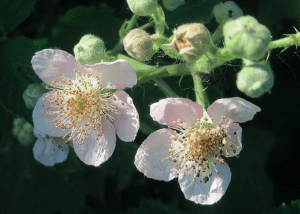
The fruits appear from late summer through autumn, green at first, then red and finally deep purplely black. They are comprised of many spherical fleshy globes, each containing a seed.
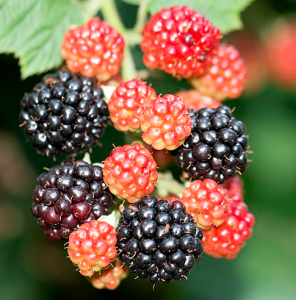
The fruit can be eaten raw or cooked and made into jellies, jams, syrups, vinegars, wines, liqueurs, pies, chutneys, cordials, fruit leathers and puddings.
The leaves can be used for a tea, either fresh or dried and are also fermented to make a more complex flavoured tea.
The young stems can be eaten raw and the young leaf shoots, as they appear in spring are delicious eaten raw as a wild snack, or toasted and thrown into salads, salsas and pesto, tasting of coconut and butter with a slight astringency to them.
Blackberry has a long use as a herbal medicine. It is highly antibacterial and it’s astringency makes it an excellent remedy for sore throats internally and externally to clean wounds, due to the tissue tightening actions of the plant.
Blackberries are a rich source of soluble fibre, essential for a healthy gut microbiome and are also high in vitamin K, vitamin C, potassium and magnesium. They offer cell protection from their potent antioxidants, that fight free radicals caused by our modern lifestyle.
A blue dye can be made from the fruit and the stems can be used to make a strong cordage.
Herb Robert /Edible/Spring/Summer/Autumn
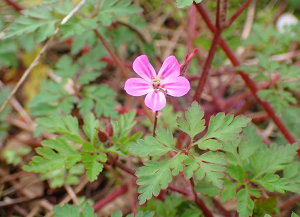
Also known as Stinking Bob, Robin Redbreast and Granny-thread-the-needle, Herb Robert is a pretty pink flower, commonly found in shady woodland or along walls and in shaded parts of gardens. The leaves and stems are green but in full sun, turn a bright scarlet red!
Herb Robert’s botanical name is Geranium robertianum. Geraniums are named for the shape of their seed pods. After the flowers has past and before the seeds erupt from their casings, the seed pods were thought to look like the head and bill of a crane or stork, (a little imagination to be used here I think). In Greek ‘geranos’ means crane and ‘pelargos’ means stork. Robertianum refers to the bright red colour of the stems and leaves after full sun and comes from the geramanic meaning of Robert as shining bright or shining with glory. I suppose you could then translate the botanical name as meaning a shiny bright stork or crane!
The leaves are small and deeply lobed, green, but turn a scarlet red in full sun.
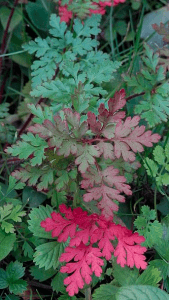
The stems are hairy and green turning reddish brown and bright scarlet in full sun. Can grow up to 50 cm high but tends to be a low growing, almost sprawling plant.
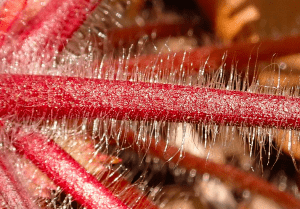
The flowers are small and pink, with 5 petals 8-14 mm in length.
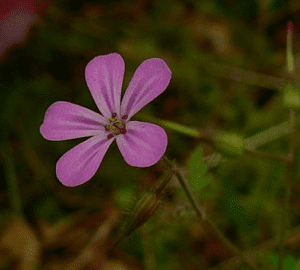
The seed pods are small, greenish-red with candlestick or comet-shaped seed pods.
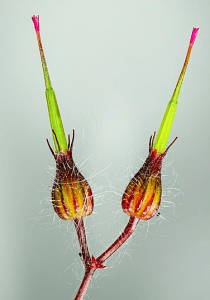
The leaves when crushed have a strange aroma that is difficult to describe, but they do taste slightly similar to coriander, although a little more bitter. They make an interesting addition to salads and can be used as a pot herb.
Traditionally, Herb Robert was used externally as a wound healer.
In medieval England, it was believed to be the plant of the woodland sprite, Puck, or Robin Goodfellow, a red-featured, hairy fairy who carried a candlestick. This was represented in the plant by the colour, hairiness and candlestick shaped seed pods. It’s association with Robins also made it a lucky plant to carry.
Ground Ivy /Edible/Spring/Summer/Autumn/Winter
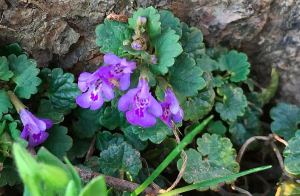
Ground Ivy is one of Britain’s most common plants. It’s not an Ivy at all but a member of the Mint family and can be used as a substitute for Thyme, Mint or Rosemary. It’s an evergreen, ground cover plant that loves shaded woodland edges as well as other shaded areas.
In some areas of Britain Ground Ivy is called Gill-over-the-ground, Alehoof, Field Balm and Run-away-robin.
The botanical name is Glechoma hederacea. The genus name is derived from the Greek ‘glechon’ meaning mint or thyme and alludes to Ground Ivy’s other family members. Hederaceae is Latin for ‘ivy-like’ and most likely refers to the plants leaves and way of creeping over the ground.
The leaves are roughly kidney shaped, bright green and they grow on long stalks. They are hairy and have a rounded lobes. When the leaves are crushed they release a pleasant smell that I’ve read described as anything from thyme, blackcurrant and tom-cats? Like all Mints they have square stems. Up to 4cm across.
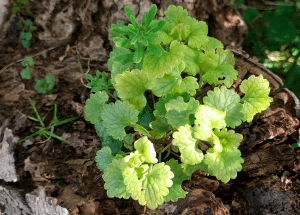
The flowers are purple and are funnel shaped. They grow in opposite clusters of two or three. The flowers normally appear in spring.
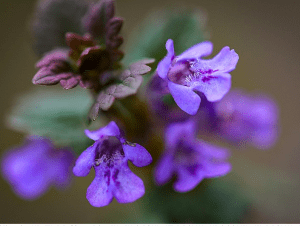
The plant has a lovely sage like minty flavour and it can be used as a substitute for thyme or rosemary for example. It can be used raw in salads or cooked as a leafy green. The deep fried leaves are a lovely, crunchy garnish.
Traditionally it was used to make ‘Gill tea’ which was an old cure for colds and fevers. To make it just add a handful of the leaves to boiling water and allow them to infuse before sweetening it to taste.
The common name ‘Alehoof’ comes from its use as a flavouring in beers and ales before hops were commonly used.
The flavour of Ground Ivy pairs beautifully with chocolate and is a tasty and interesting addition to any chocolate cake or dessert.
As a herbal remedy Ground Ivy is astringent and can help reduce phlegm and inflammations. It can be used to treat hay fever, sinusitis and to ease the inflammation of mucus membranes in the ears, throat, chest or digestive system.
It is also high in iron and vitamin C.
Cautions
Ground Ivy is known to contain some compounds that can be irritants to the kidneys and digestive system in humans in large amounts so should be consumed in moderation.
It also contains the volatile oil pugelone, which is a known abortifacient so is best avoided during pregnancy.
Wild Garlic /Edible/Spring
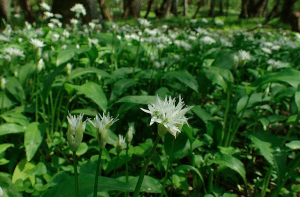
A delicious woodland treat, this plant is only around for a few months each spring so it’s important to make the most of it’s abundance when it’s here.
The botanical name is Allium ursinum. Allium is the Latin word for garlic, while ursinum refers to a bear (just as Ursa Major equals The Great Bear, a star constellation), so one would presume the star like flowers of Wild Garlic were the inspiration for the species name.
Wild garlic is a bulbous, perennial plant, going into leaf from as early as January. The key identification feature with this plant is that the whole thing absolutely stinks of garlic so if there’s no garlicky smell, you aren’t looking at garlic!
Its leaves are spear-shaped with a pointed tip and can range from 5-15cms in length and 3-6cm wide.
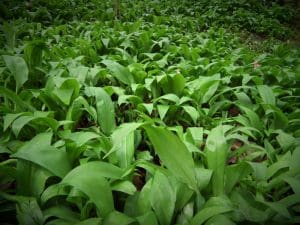
Each plant has one single flower head that sits on top of a solitary stem, shooting up from the centre of the connecting leaves and looks like a white pompom sat on top of a pole. The white flower contains 6 petals ranging from 0.5-1cm in diameter.
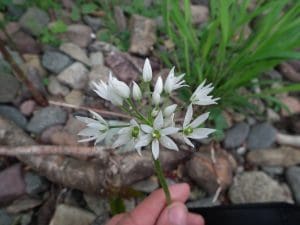
The pompom of flowers will turn into a pom pom of seeds, each seed looks like miniature peach with a sold in the middle.
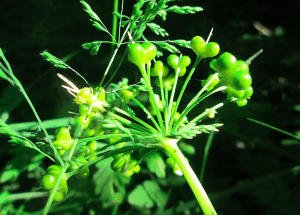
The root resembles that of a small but elongated clove of garlic.
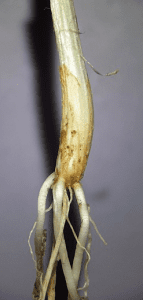
Wild Garlic is a famous wild edible with lots of uses.
Stem/leaves (early Spring): salad item, cooked as a vegetable, to flavour oil, as a wrap, for pesto, leaf curd.
Flower bud (Feb/March): tempura (using stem as handle), pickled.
Flower (March/April): salads, as a garnish.
Immature seeds (May/June): salads, garnish, pickled.
Mature seeds (May/June): as a condiment or spice, for sprouting.
Bulb (July/March): as regular garlic clove.
A word of caution here folks, if you go about digging up the roots, there’ll be no wild garlic for you the following year so think carefully before you do it.
As with regular garlic, wild garlic helps to reduce blood pressure, therefore aiding heart disease and reducing the chances of a stroke. It’s also worth adding that wild garlic has antibacterial, antibiotic and antiseptic properties.



